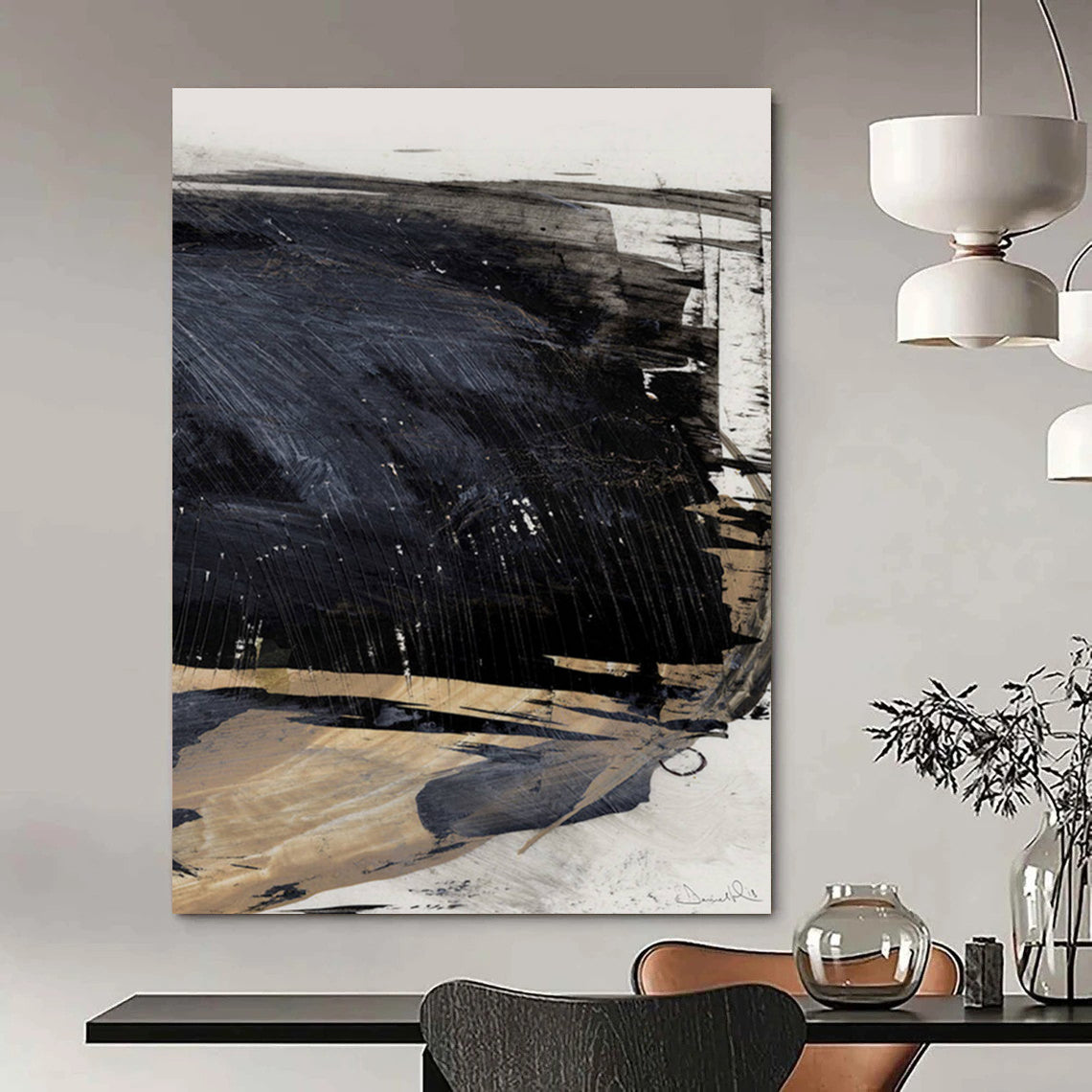Palette Knife Painting is a dynamic and textured art technique that invites artists to engage with paint in a bold, tactile way. Instead of brushes, palette knives—flat, flexible blades—are used to apply thick, impasto layers of paint, producing results that combine painting and sculpture. Discover an inspiring collection of these vibrant artworks at Palette Knife Painting.
This technique enables artists to create richly layered surfaces where color and texture dance with light, offering an immersive visual and physical experience. The sweeping strokes and textured surfaces of palette knife paintings bring energy and emotion to landscapes, abstracts, florals, and cityscapes alike, making each canvas come alive with expressive power.

Renowned Artists and Their Palette Knife Mastery
Palette knife painting has been favored and advanced by many celebrated artists, whose works highlight the technique's vast expressive range:
-
Leonid Afremov is renowned for his luminous, impressionistic cityscapes and landscapes rendered entirely with palette knives. Afremov’s vibrant, jewel-like colors and bold strokes create captivating scenes filled with light and movement.
-
Francois Fressinier achieves extraordinary realism and texture, especially in his botanical paintings, emphasizing tactile depth and nuanced color contrasts.
-
Gerhard Richter, known for his abstract works, employs palette knives to generate layered textured surfaces that add complexity and emotional resonance.
-
Lucian Freud used palette knives to sculpt paint thickly in portraits, adding raw physicality and intensity to his compositions.
-
Historically, masters like Henri Matisse, Vincent van Gogh, and Paul Cézanne experimented with palette knives or similar tools to innovate texture and form in their masterpieces.
Essential Palette Knife Techniques
Artists employ various techniques to harness the unique capabilities of the palette knife:
-
Impasto layering, where thick paint is applied to build up dimensional texture.
-
Scraping and sgraffito, scratching or etching the surface to reveal underlying colors or create intricate patterns.
-
Blending colors on canvas while maintaining texture and sharp edges.
-
Bold, flat color placement enabling clarity and vibrancy.
-
Creating movement and rhythm through dynamic knife strokes and pressure variation.
-
These techniques often combine to yield complex, visually striking surfaces that engage the viewer’s tactile senses.
Why Palette Knife Painting?
Palette knife painting offers unparalleled freedom in expression and surface texture, appealing to artists seeking robust visual impact without relying on fine brushwork. It bridges painting and sculpture, amplifies color intensity, and delivers bold, contemporary aesthetics.
This method suits diverse styles, from textured impressionist landscapes to abstract explosions of color, making it ideal for eye-catching interior décor and statement-making art collections.

Explore More Around Palette Knife Painting
-
Samuel Arp’s guide Palette Knives: Unlocking Texture and Depth highlights techniques to create rich textural effects.
-
Calman Shemi explains What Is Palette Knife Painting? with insights into the tool's creative possibilities.
-
Artsy’s Palette Knife Essential Tool for Artists offers perspectives on its artistic value.
-
Mont Marte shares 16 Palette Knife Techniques every artist should try.
-
Painting With Acrylics 101 discusses Palette Knives and Art History featuring notable artists who have used the technique.
Frequently Asked Questions (FAQ)
What is palette knife painting?
It is a technique that uses a flat, flexible knife to apply thick layers of paint, creating textured, sculptural surfaces filled with vibrant color and dynamic movement.
Who are famous palette knife painters?
Notable artists include Leonid Afremov, Francois Fressinier, Gerhard Richter, Lucian Freud, and historic masters like Vincent van Gogh and Henri Matisse.
How does palette knife painting differ from traditional brushwork?
Palette knife painting emphasizes thick textures, bold layers, and dynamic strokes, producing a tactile quality and three-dimensional effects not usually achieved with brushes.
Can beginners learn palette knife painting easily?
Definitely. Beginners can start with simple spread and scrape techniques and gradually develop complexity with practice.
Where can I see or purchase palette knife paintings?
A curated collection is available at Palette Knife Painting.
What are key techniques in palette knife painting?
Impasto layering, scraping, sgraffito, bold color application, blending with texture, and dynamic movement are fundamental techniques.
Palette Knife Painting offers a unique, energetic approach to art-making where color, texture, and form combine to create captivating visual and tactile experiences. Discover this exciting technique and its breathtaking possibilities through exploration and appreciation.

